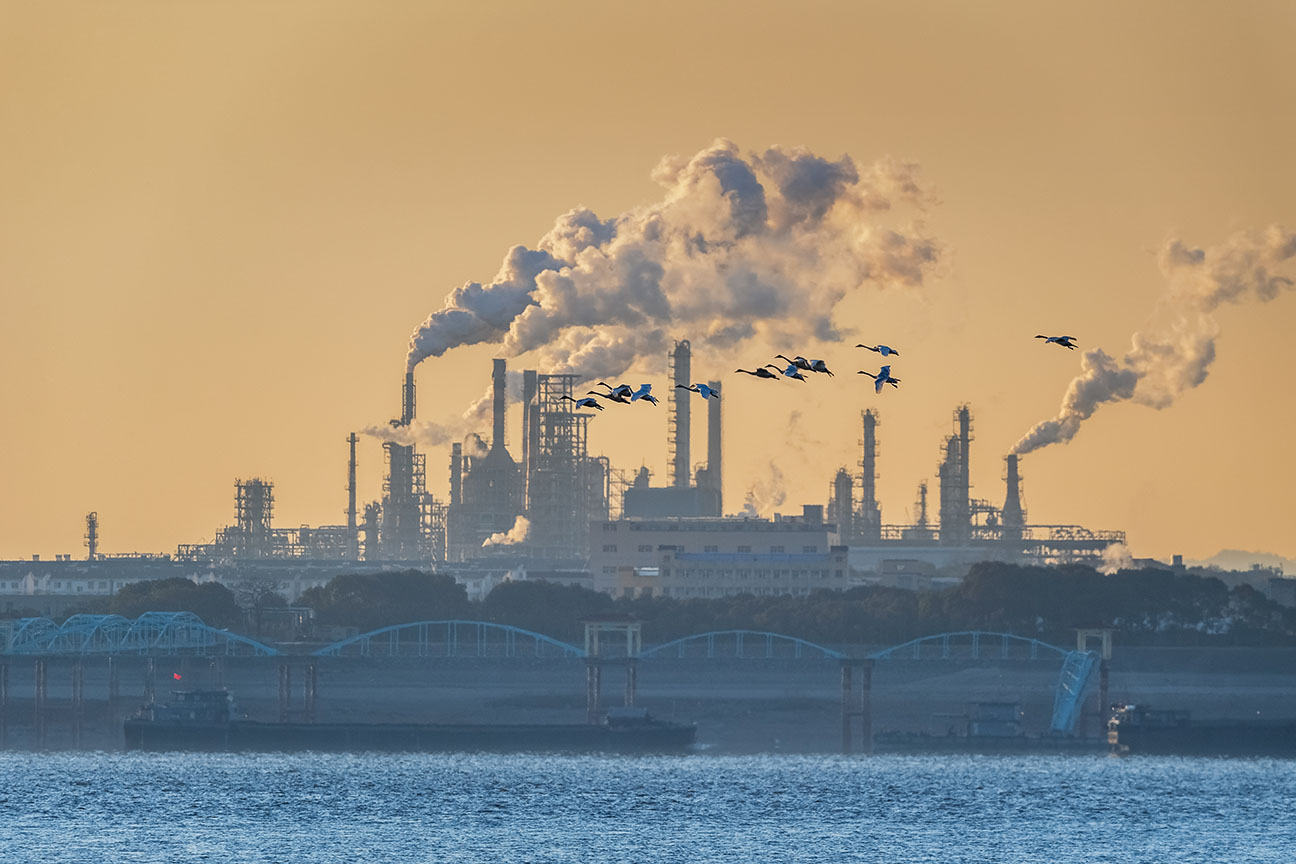In recent years, Environmental, Social, and Governance (ESG) investing has become a significant focus for investors worldwide, particularly in the U.S. and Europe. With trillions of dollars now dedicated to ESG investments, the pressure is mounting for companies to demonstrate their commitment to sustainable practices. In the U.S., 81% of institutional investors plan to increase their ESG allocations, and in Europe, the figure is even higher at 83%, according to a PwC survey. The growing emphasis on ESG is also reflected in regulatory changes, with the SEC proposing new rules that would require U.S. companies to disclose climate-related risks and measure their greenhouse gas emissions.
While Western companies have been quick to embrace ESG principles, Asia is still catching up. However, the adoption of ESG practices in Asia is crucial for addressing global environmental challenges, given the region's significant contribution to carbon emissions and plastic pollution. In 2021, Asia was responsible for 17.7 billion tons of carbon dioxide emissions from energy use, compared to 5.6 billion tons from North America. Additionally, Asia accounts for 81% of the plastic waste that ends up in the world's oceans, with the Philippines alone contributing nearly a third of the global total.
The Importance of ESG in Asia
The success of global efforts to combat climate change will largely depend on the actions taken in Asia's factories, roadways, and power plants. Many of Asia's megacities, such as Jakarta, Shanghai, and Bangkok, are at severe risk of flooding if sea levels continue to rise. Recognizing the urgency of the situation, eight out of ten Southeast Asian countries have committed to achieving net-zero emissions by 2050. However, despite these pledges, emissions in some of the region's fastest-growing economies, including Indonesia, Vietnam, and the Philippines, are expected to increase by 25 to 35% through 2030.
Developing an ESG Framework in Asia
Western investors and companies were the first to adopt ESG principles, while Asian firms have been slower to recognize their importance due to cultural and regulatory differences. According to AON's 2023 Corporate Governance and ESG Survey, 58% of companies in the Asia-Pacific region consider ESG critical to their long-term success, but only 29% have developed key performance indicators (KPIs) for ESG performance. For ESG to move beyond being a mere slogan, companies need a clear framework that outlines the most important ESG objectives and how they can drive change. Moreover, economic incentives must be in place to encourage companies and their leaders to achieve these goals.
Some Asian companies have made significant strides in this area. For example, the Singapore Exchange (SGX) has implemented Sustainability Reporting requirements for listed companies. Insurance broker Marsh recently announced that companies in Asia could qualify for preferred directors and officers (D&O) liability insurance terms based on the strength of their ESG risk frameworks. A Bloomberg report found that ESG funds in Asia doubled their market share in 2022, even as political and regulatory challenges slowed ESG investment inflows in the U.S. and Europe.
Several leading Asian companies have also launched sophisticated ESG campaigns aimed at global investors. Alibaba, for instance, has increased transparency around its ESG practices, including efforts to reduce carbon emissions through digitalization and renewable energy investments. TSMC, a Taiwanese semiconductor manufacturer, has been recognized for its commitment to sustainable business practices, while China's BYD Company, a major electric vehicle manufacturer, has invested heavily in renewable energy and sustainable transportation.
The Risks and Opportunities of ESG
While adhering to ESG principles can open up new financial opportunities, failing to comply can have severe consequences. For example, European countries have started to impose requirements for auditing global supply chains to ensure environmental and human rights standards are met. Companies with poor environmental practices risk losing vital contracts, while those with a strong ESG profile may gain market share or command premium prices.
Asian companies looking to engage with investors and customers on ESG issues must navigate a complex landscape of terminology, standards, and rating systems. In 2022, the European Union enacted the Sustainable Finance Disclosures Regulation, while the SEC in the U.S., the FCA in the U.K., and regulators in Hong Kong and Singapore have all proposed their own standards. These regulations aim to establish clear definitions and metrics for ESG, reducing the prevalence of "greenwashing," where environmentally harmful industries are repackaged as ESG-friendly.
Public companies are expected to engage with multiple rating systems, including the Carbon Disclosure Project, ISS-ESG, Sustainalytics, and S&P Global ESG, each of which has its own criteria for evaluating ESG risks and ranking companies. A growing number of consulting firms now specialize in helping companies meet these new reporting requirements, offering services such as biodiversity assessments, carbon offsets, lifecycle assessments, and water accounting.
Navigating ESG in China
China presents perhaps the most significant test for ESG investing's potential to influence global events. As the world's largest source of carbon emissions, China is also a leader in renewable energy. The country generates twice as much energy from solar and wind power as the U.S. but continues to build new coal-fired power plants at a rapid pace.
China has made notable progress in integrating green investing practices into its financial markets. The country's Green Bond Principles, published in July 2022, align closely with international green bond standards and unify the previously fragmented domestic market. However, challenges remain, as demonstrated by a Bloomberg analysis that found 15% of China's ESG funds are invested in coal companies, and 62% own steel stocks, which are significant consumers of coal.
The Future of ESG in Asia
As ESG disclosures become more widespread, it will be interesting to see how definitions of ESG evolve and how companies in different regions prioritize various ESG goals. In China, for example, investors may focus on stocks aligned with government policy goals, such as reducing rural poverty or achieving energy self-sufficiency. In contrast, Western investors may prioritize different aspects of ESG.
Ultimately, expecting ESG investing to solve all of the world's challenges may be unrealistic. The success of ESG will depend on diplomatic engagement and government policies that collectively define the goals we are trying to achieve. In Asia, as elsewhere, the key will be finding a balance between meaningful impact and economic viability.













